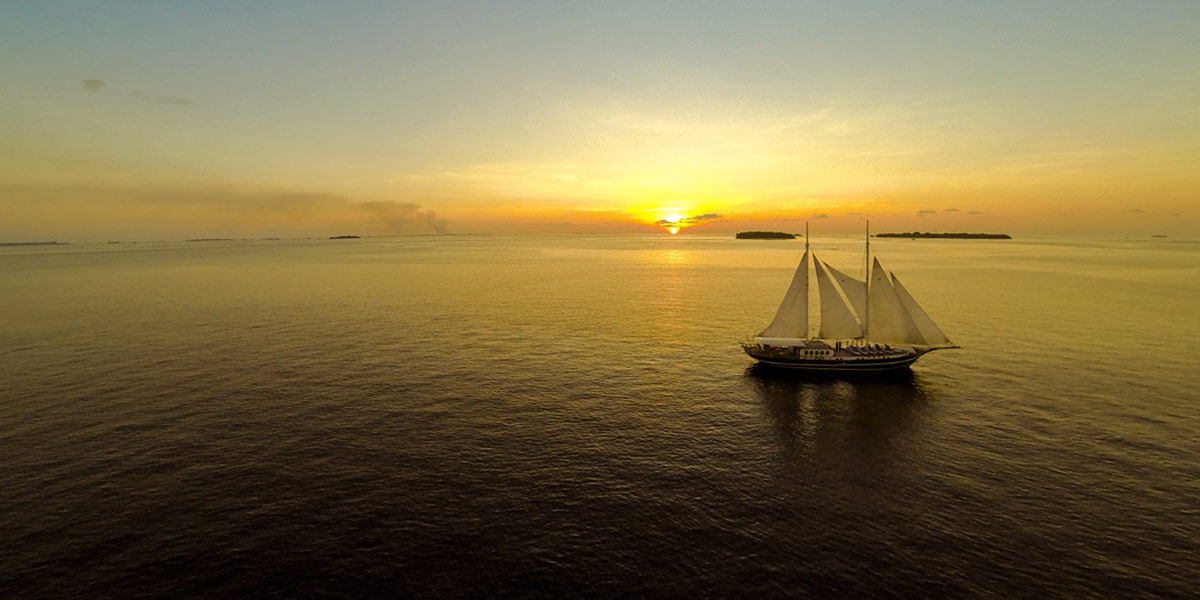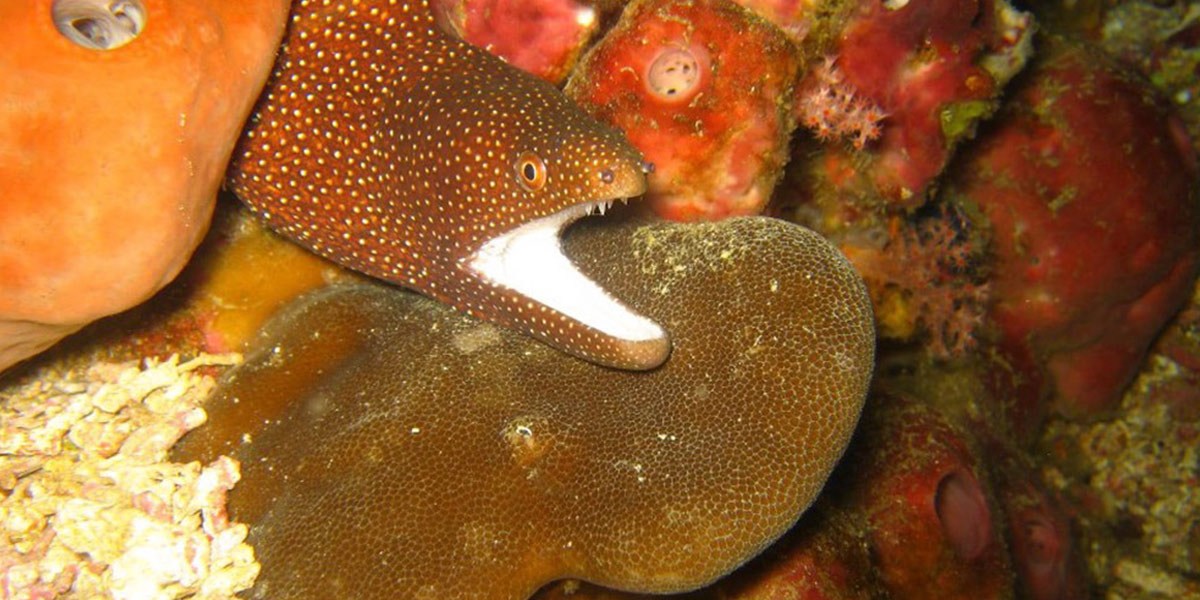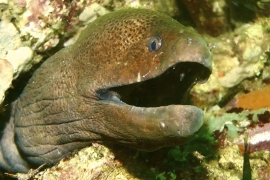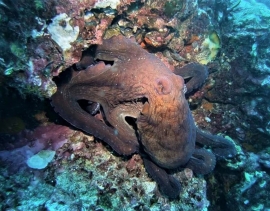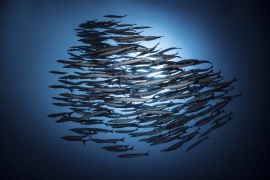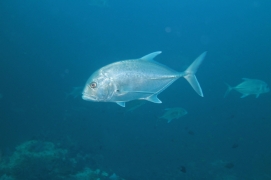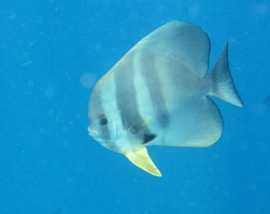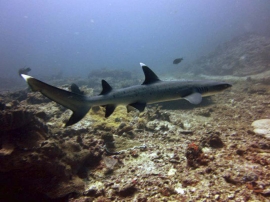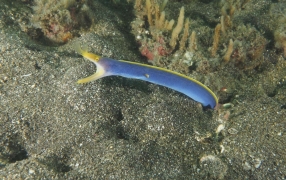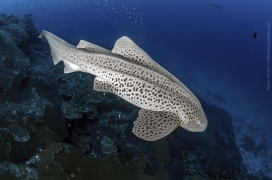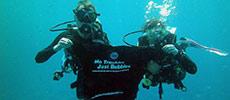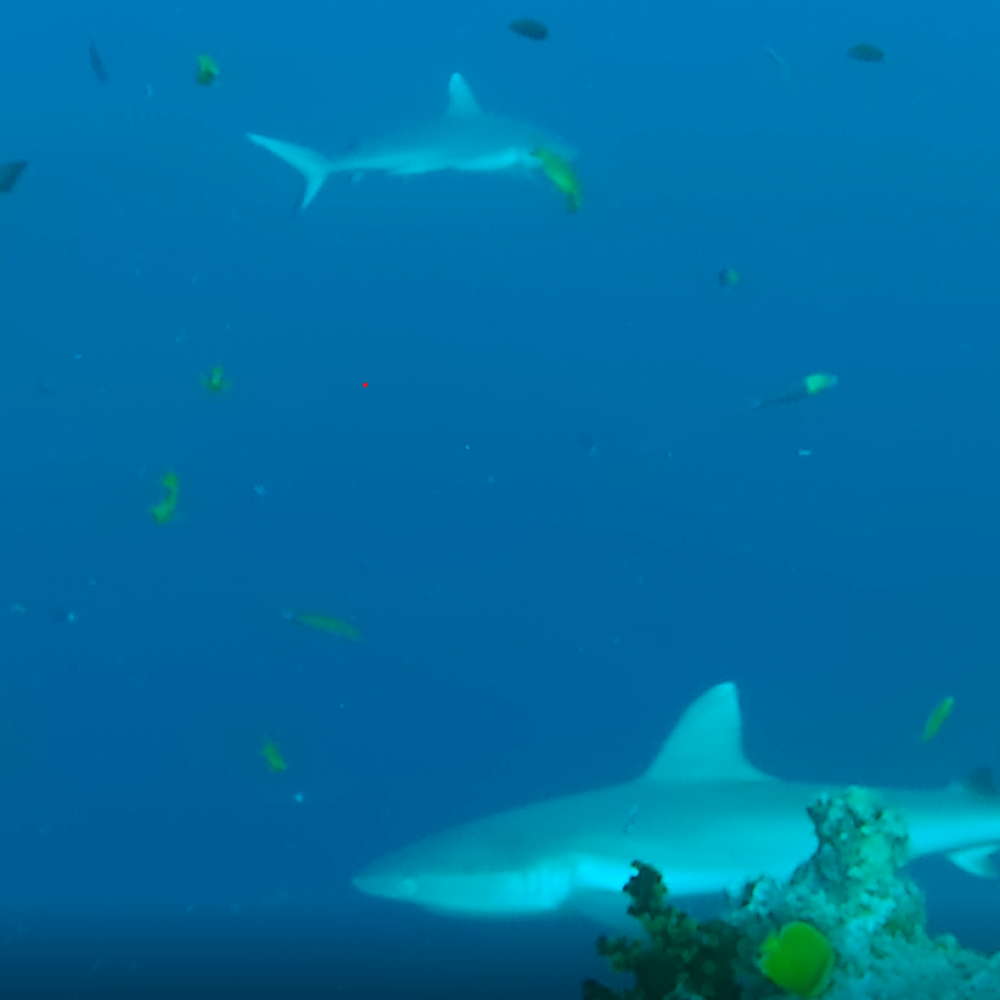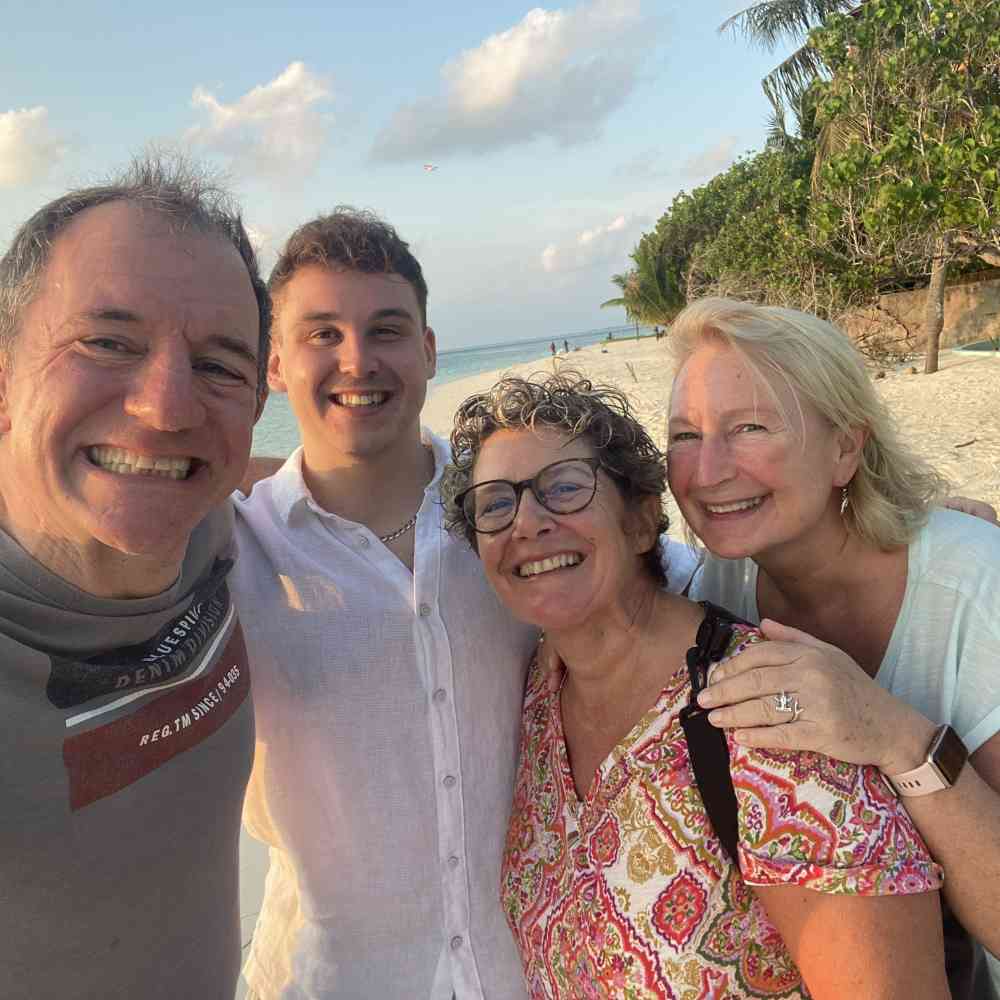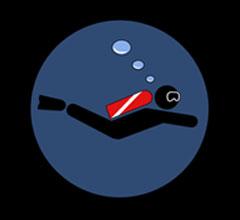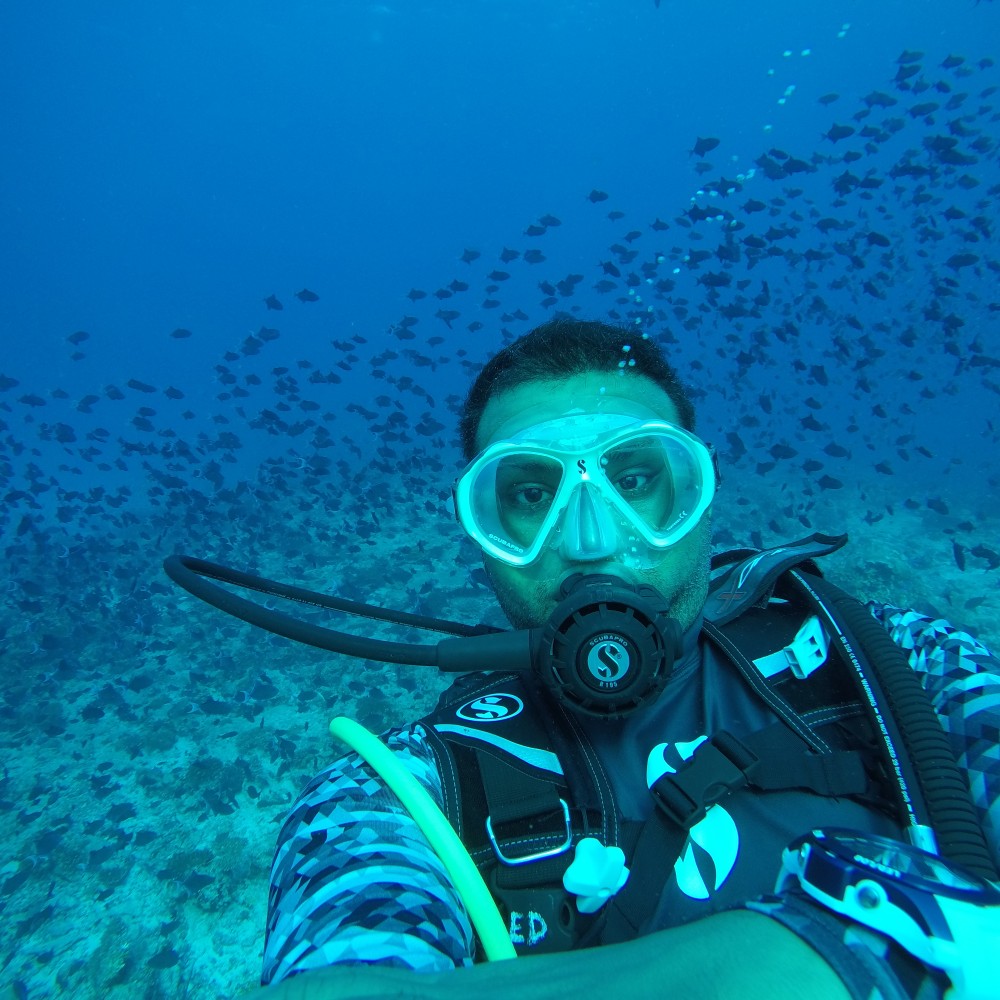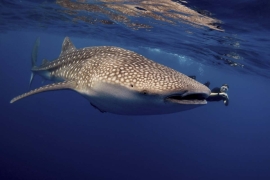
Male Atoll Liveaboard Diving
Male Atoll in The Maldives is also known locally as Kaafu Atoll. It is made up of two main atolls (North & South Male) and two smaller atolls slightly further north. North Male is the larger of the two main atolls, which is 60+ kilometres long (north-south) and 43 kilometres wide. Its smaller sister is 35 kilometres by 19 kilometres. Male, the country's capital city, and the location of the main international airport is located in the south-east corner of North Male Atoll. This is just 5 kilometres from the north-eastern corner of South Male Atoll. Therefore, some parts of South Male Atoll are nearer to the airport and capital city than the northern areas of North Male Atoll.
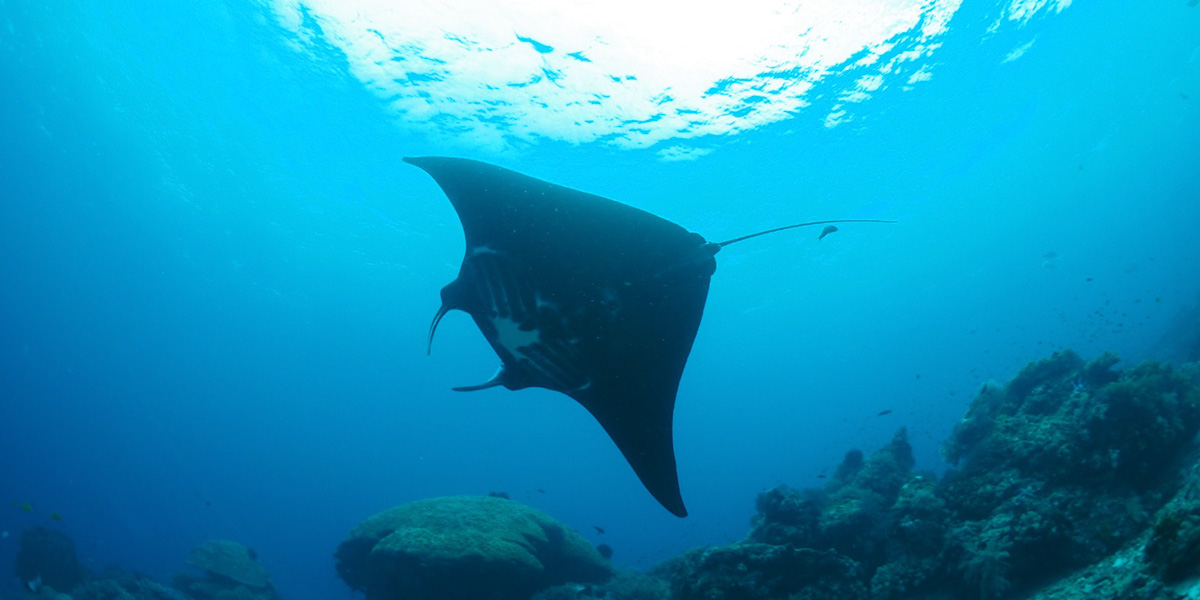
There are approximately 50 islands within North Male Atoll, eight of which are inhabited by locals. Of the remaining 42 islands, 65% are resorts and 35% privately leased or owned. Due to thousands of years of ocean currents and winds, the atoll has most proper islands on the south-eastern side, with those on the west mostly sand bars. Inside the atoll, there are many small islets, known locally as thilas. Male is the country's main island and measures just 2km x 1.5km. Next to Male is a man-made island for Velana International Airport (MLE).
Just 5km south of North Male Atoll's southern tip is South Male Atoll. A deep-water channel separates the two atolls, and currents & waves can be fierce here at certain times of the year. South Male Atoll is approximately half the size of North Male Atoll. It is made up of approximately 30 islands, and like North Male Atoll most of the proper islands are in the east and south-east, with a similar ratio of inhabited/uninhabited & resorts.
The two smaller atolls which make up Male Atoll are Gaafaru & Kaashidhoo. Just 2.5 kilometres north of North Male Atoll is Gaafu Atoll. However, the short crossing is deep and the ocean currents that pass through can be strong. It is almost elliptical in shape and mostly made up of sand bars, with its only proper island on its eastern edge. Further north is Kaashidhoo, which is a 'large island' or a 'small atoll' by Maldivian standards. For administration purposes, Kaashidhoo is part of the Male/Kaafu Atolls, but it's quite different in its size and location.
All four Male atolls have similar sea & weather conditions, and this includes currents and visibility, which vary depending on the time of year. Currents can be strong in the channels between the islands, especially the outer islands of the atolls and at new and full moons each month. There are dozens of excellent dive sites within Male Atoll, and there's something for all different tastes and levels of diver certification & experience.
Dive Sites in Male Atoll
North Male Atoll is the most-visited and therefore most-popular Maldives atoll. This is partly due to its location near the departure and arrival ports of most Maldives liveaboard cruises, but mainly due to the wonderful diving around the hundreds of reefs and dozens of islands. There’s an abundance of marine life, from the smallest to very large pelagic species. It’s great for all levels of scuba diver.
South Male Atoll is the smaller of the two central atolls near Malé Airport. It's 35km north to south and 19km west to east. The atoll is made up of 30 islands, many of which have resorts. Liveaboard diving at South Male Atoll is very popular, and for good reason. There are more than twenty dive sites, including a wreck, caves drift dives and easier dives for new or inexperienced divers. It is included in most 'central atolls' itineraries and often at the beginning or end of 'southern atolls' itineraries.
Conditions at Male Atoll
When to dive at Male Atoll
You can dive all year round at Male Atoll, but June & July are the wettest months. From Christmas to early May the conditions are best, with lots of sunshine & calm seas, and very little rain. Visibility in the water is also better during the high-season months. From December to May (northeast monsoon) the winds come from the northeast and they are generally not strong. Added to this, the currents generally flow from east to west. Therefore, the eastern side of the atolls gets the best weather and sea conditions, both above & below the surface. And this area is where most islands, resorts and dive sites are located. Therefore, it's the most popular time to visit The Maldives.
What type of dive site is Male Atoll
Male Atolls have a wide range of dive sites, which are mostly coral reefs, but includes caves, wrecks, drift dives, swim-throughs and more.
Where is Male Atoll?
Male Atoll is located in the middle of The Maldives archipelago, on the eastern side. It's 550 kilometres southwest from the southern tip of India.
How to get to Male Atoll
Getting to Male Atoll is normally done by international flights from all around the world. Male is the country's capital city and home to Velana International Airport. Once you land in Male, the best way to enjoy Maldives scuba diving is on a liveaboard cruise. These normally leave from Male Airport area on Sunday evenings.
Who can dive at Male Atoll
Anyone is able to dive at Male Atoll, from absolute beginners to highly-experienced & professional divers. But new, novice & inexperienced divers should not dive at some locations, such as those with strong currents, deep reefs or caves. For experienced divers, the choice of dive sites is wide and varied.
What marine life can you see at Male Atoll?
Male Atoll is home to a huge amount of marine life, in all shapes and sizes. In addition, there are lots of pelagic species that come to the outer reefs. Whether you're interested in macro diving, large schools of reef fish or large predators & filter feeders, you will enjoy the marine life at Male Atoll. Depending on each dive site, depth, time of year and luck, you can see almost any species that lives in the Indian Ocean shallower than 50 metres. Our list below is just a sample of what you might see.
Summary of Male Atoll
Male Atoll is the main atoll of The Maldives for good reason. Its central location and the makeup of the islands enable infrastructure and development. The international airport is in the centre of Male Atoll, and most people live nearby. Also, this area is among the best for scuba diving. There are more dive sites in this area than at the outer atolls. Also, without humans, it's likely that marine life would be more condensed here as well. This is because the number and position of the islands means that the currents are more concentrated here. Thus, the marine life is more abundant. Whether you're an experienced or professional diver, and advanced recreational diver, or new to this activity, you will love Male Atoll for scuba diving. The range and quality of dive sites means that it's possible to spend a whole week just diving here, and not get bored!
